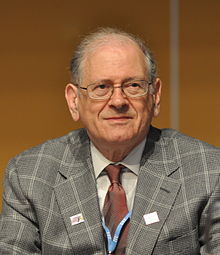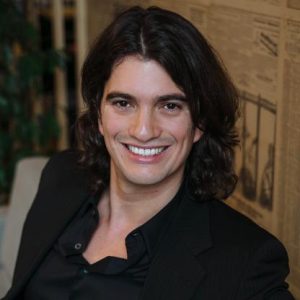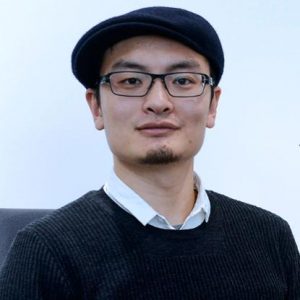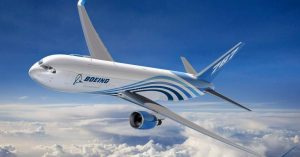Gill Shwed : The Israeli Inventor & the Pioneer of the Cybersecurity
Computer’s security has been the biggest issue, even if its a PC or a huge work station. Also, as the Internet is a vulnerable place, the data security has become a major concern. But thanks to those who have been working to maintain the cybersecurity, and are, continuously, providing proper protection from various threats and malware. One of such computer scientists, who are responsible for the basic computer security, is Gill Shwed. This Israeli software engineer is one of the extraordinary personalities who has a big share in the development of the cybersecurity and is considered as the inventor of the modern firewall.
Early Life
The 50 years old Israeli software engineer, Shwed, was born Jerusalem, Israel, in 1968. He was merely 13 when he grew interested in computer programming and started practising it. Being a bright student at the school, and having mastered computer programming at a young age, he was able to get enrolled at Hebrew University in Jerusalem to study computer science, at the age of 15. When he got admission into the college, he was still in the high school.
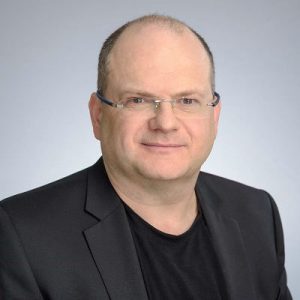
Career
After completing his education, Shwed joined the Israel Defense Forces and served the Intelligence Corps Unit 8200, where he worked on securing classified networks. Soon after completing the military service, he joined an Israeli startup company Optrotech, as a software developer.
Founding Check Point
In 1993, Shwed joined his hands with Marius Nacht and Shlomo Kramer, to found a computer software and hardware company, Check Point. Nacht was his colleague from Optrotech and Kramer was a friend from his military unit.
The foundation of Check Point was based on the core technology, the stateful inspection. The first product the company launched was the FireWall-1. It then developed the world’s first VPN, the VPN-1. The two products were inspired by Shwed’s work at the military.
Soon, Check Point raised its first round of funding from the BRM Group. Just the next year, in 1994, Sun Microsystems signed an OEM agreement with CheckPoint, and HP too signed the same agreement with the company in 1995. The same year, Check Point established its head office in Redwood City, California. In the following year, the company went public on NASDAQ and raised $67 million from its IPO.
Check Point and Nokia came together in 1998. The two companies bundled their software together, i.e. Check Point’s security software and Nokia’s Computer Network Security Appliances.
Check Point acquired many startups and companies, including Zone Labs (2003), Protect Data (2006), NFR security (2006), Nokia’s network security business unit (2009), Liquid Machines (2010), etc. In March 2018, Check Point along with SanDisk launched Check Point GO, a USB drive to turn a PC into a secure corporate desktop.
In 2016, the company’s revenue was estimated around US$1.741 billion and the net income at US$ 725 million. In the same year, total 3,500 employees were working in the company.
Personal Life
Shwed holds Israeli citizenship and lives in Tel Aviv, Israel. In 2002, he got featured on the cover of the billionaire issue of Forbes. He has received a doctorate degree in Science from Technion – Israel Institute of Technology, in 2005. He was named in the list of world’s 100 top young leaders by the World Economic Forum’s Global Leader for Tomorrow. He became the first recipient of Israel Prize in technology.
Apart from programming and computing, Shwed has immense interest in cooking and photography.

Yashica is a Software Engineer turned Content Writer, who loves to write on social causes and expertise in writing technical stuff. She loves to watch movies and explore new places. She believes that you need to live once before you die. So experimenting with her life and career choices, she is trying to live her life to the fullest.
